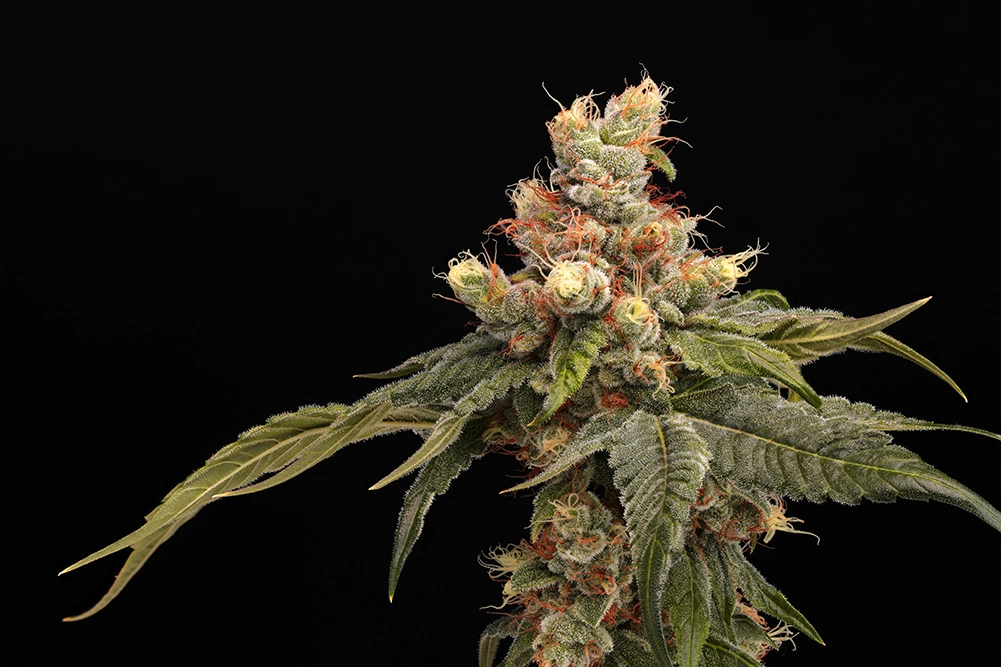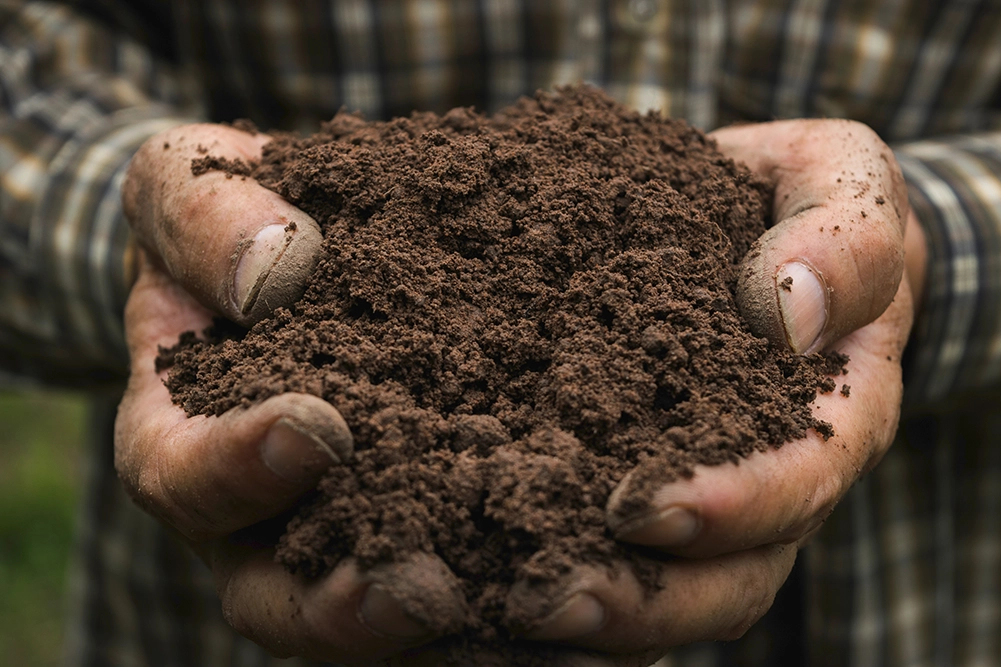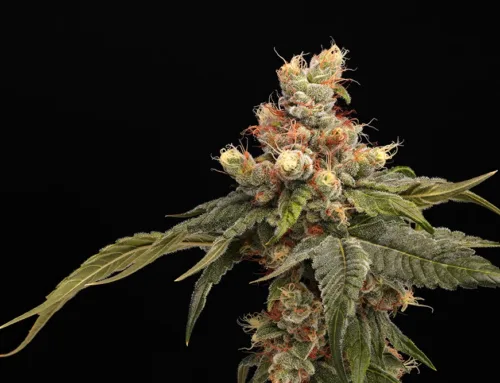How to Lollipop
How to Lollipop for Bigger and Better Yields
Lollipopping is a well-known plant training technique used in the cannabis community. This process helps redirect energy to the upper canopy, ultimately increasing the overall yield and improving the quality of the harvest. Whether you’re a novice grower or an experienced cultivator, this guide covers everything you need to know about lollipopping for both photoperiod and autoflowering varieties.
What is Lollipopping?
Pruning the underdeveloped lower branches of a plant that receive little or no light is known as lollipopping. But why is this necessary? When growing weed indoors and the light is in a fixed position, only the top buds receive sufficient energy to grow large and dense, while the lower buds and branches are shaded from light. The lollipopping technique aims to leave a bare, clean stem at the bottom and a thick canopy of growth on top, visually resembling a lollipop.
By selectively removing parts of the plant, like lower branches, cannabis cultivators can redirect the plant’s energy distribution to the upper buds. If these lower nodes are not pruned, they will produce small, light buds that lack potency, flavor, and aroma. Ultimately, this will result in a lower-quality harvest, as these branches sap the plant’s energy, which could otherwise be used for future bud site development.
As the plant’s energy becomes concentrated in its upper canopy, cannabis growers will observe an increase in vertical growth while bud development will increase, leading to larger and denser flowers. Additionally, it significantly improves air circulation around the plant, reducing the likelihood of mold and pest issues by enhancing airflow while making maintenance and watering practices much easier.
How to Lollipop Cannabis
When you’re learning how to lollipop, it’s important to know that this high-stress technique [see low-stress training] can temporarily slow down plant growth as it redirects its energy to the upper canopy. For best results, it is recommended to lollipop your cannabis plants at the end of the vegetative phase, preferably about a week before transitioning to the flowering stage. Be warned that applying this cultivation technique later in the flowering stage could significantly reduce yields. So let’s get started!
Tools
You will need the following tools to lollipop weed plants:
- Isopropyl alcohol
- Pruning shears
- Gardening gloves
1. Sterilize
To prevent the spread of disease, regularly clean your pruning scissors with alcohol before and after each use.
- Begin by removing debris or sap from the blades, then wipe them down with alcohol to sterilize the surfaces.
- Always use sharp tools to ensure a clean cut and reduce the risk of introducing pathogens.
2. Identify
When deciding how much of the plant’s lower section to prune, take into account the plant’s particular growth pattern. Sativa varieties usually stretch more, while Indica plants tend to remain compact.
- As a general guideline, the lower third of the plant’s growth should be pruned, while more experienced growers often trim up to 50 percent of the foliage.
- A useful technique is to measure the height of the plant and divide it into thirds, with the bottom two to four nodes typically falling within this range.
- Now, within this identified range, pay close attention to branches shaded by the upper canopy that are unlikely to receive sufficient light for substantial bud production.
3. Cut
When making the cuts, angle them at 45 degrees to prevent moisture from accumulating and reduce the chances of fungal infections.
- Be careful not to damage the pre-bud sites that are just beginning to form, harm the main stem, or cause unnecessary stress to the tree.
- Start by carefully removing the lowest branches you’ve identified and making clean cuts close to the apical mainstem.
- After removing the lower branches, carefully prune the remaining foliage and fan leaves, leaving a maximum of three nodes from the tip of each branch. This will result in a bare lower canopy.
- Now work your way up into the central canopy and remove branches growing in the middle of the plant, as they may not get enough light and can cover potential bud sites.
4. Aftercare
After harvesting, closely observe your plant. Give it two to three days to recuperate, and make sure it receives adequate water, nutrients, and light.
- Continue monitoring the plant for any new growth that might need to be pruned to ensure the upper buds get the most energy.
- Once the plant has had time to recover, you can transition to the flowering stage.
Lollipopping autoflowers
Like photoperiod varieties, lollipopping autos can significantly enhance their yield. However, it’s important to be aware of the risks. Due to their shorter life cycle, autos may take longer to recover from lollipopping, while over-pruning can lead to stunted growth and underdeveloped buds. For a successful harvest and to ensure optimal development, lollipop autos when the first pistils are visible before the pre-flowers start to develop.
Should you lollipop outdoor plants?
When growing marijuana outdoors, lollipopping may not be necessary due to the natural movement of the sun. With the changing angles of sunlight throughout the day, most bud sites receive sufficient light exposure, which can eliminate the need for extensive pruning or lollipopping. This natural light distribution helps the plant to develop a more even canopy and can contribute to healthy bud development throughout the cultivation cycle.
However, selectively removing lower growth can be beneficial to minimize the accumulation of stagnant air. Instead of using a training technique like lollipopping, the primary goal should be to defoliate carefully, removing unhealthy leaves and small bud sites unlikely to develop into significant growth. This selective approach to pruning can help maintain a healthy and balanced plant structure while minimizing the risk of pests and disease.
Lollipopping vs schwazzing
Both lollipopping and schwazzing are plant pruning techniques used in horticulture. While both practices involve pruning, they serve different functions for the plants and are applied at different stages of plant development.
- As explained in this article, lollipopping involves removing the lower foliage of a plant to enhance light exposure and airflow. This allows the plant to focus more energy on developing healthier upper growth and flowers.
- Schwazzing, on the other hand, involves strategically removing fan leaves from the plant during the flowering stage. This technique helps decrease the plant’s overall size and promotes more robust flower production.
Combining cannabis training techniques
To maximize the potential of your plants, growers can combine lollipopping with other training techniques such as ScrOG (screen of green) and topping. First, set up a ScrOG screen and train the plants to grow horizontally, creating an even canopy. Once the canopy is even, start lollipopping the lower third of the plants to ensure that the energy is directed towards the top of the canopy.
You can also combine lollipopping with topping by cutting off the plant’s apical mainstem to encourage the growth of multiple colas instead of a single main cola. This technique should be done during the vegetative stage to allow the plant to recover and develop multiple branches. After that, lollipopping can be used to prune the lower branches and leaves.
FAQ
Is Lollippoing the same as defoliation?
No, lollipopping prunes lower branches to redirect energy, while defoliation removes leaves to improve airflow and light penetration.
How many nodes do you leave when lollipopping?
It is advised to leave between three to five nodes on the upper part of the cannabis plant.
Should I lollipop my plants?
Yes, it’s common practice for growers to prune plants. However, not all plants are suitable for this training technique.
Do genetics matter for lollipopping?
Every plant responds differently to training; the stability of the genetics isn’t a factor.









